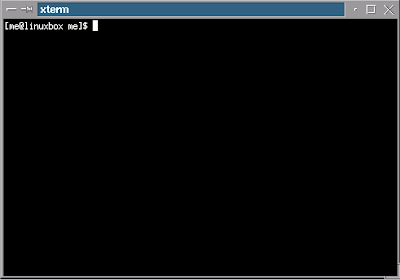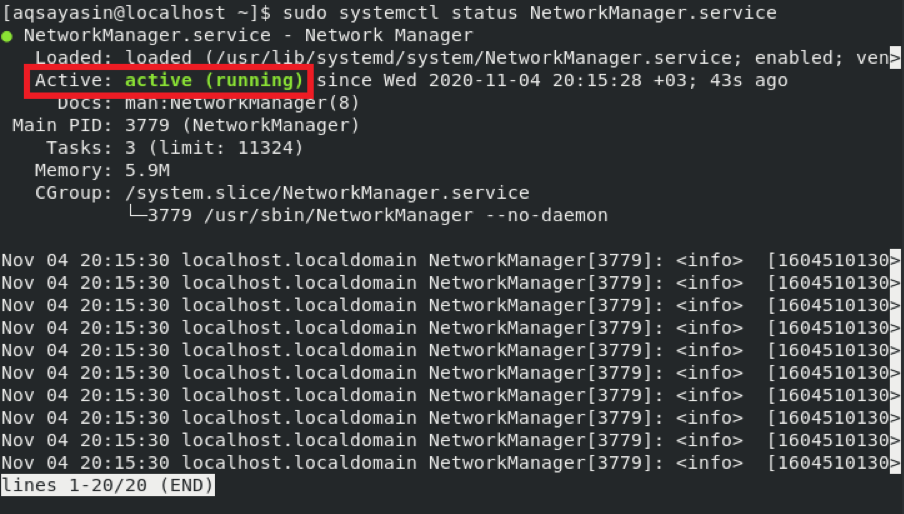


Use shell-specific shortcuts instead of IDE shortcuts when the Terminal tool window is active.Ĭlick Configure terminal keybindings to open the Keymap settings page and configure the shortcuts that are available int the Terminal tool window under Plugins | Terminal. Paste clipboard contents by clicking the middle mouse button. Here are some examples of different shells:Ĭygwin: "C:\cygwin\bin\bash.exe" -login -iĬlose the current session when the corresponding process ends (for example, by kill).Įnable the mouse pointer support in the embedded local terminal.Ĭopy text selected in the terminal to the clipboard. CLion should automatically detect the default shell based on your environment. Specify the shell that will run by default.

These settings affect the terminal only for the current project: Press Ctrl+Alt+S to open the IDE settings and select Tools | Terminal. This searches all text in the session: the prompt, commands, and output. To search for a certain string in a Terminal session, press Ctrl+F.
RUN UXTERM FROM COMMAND LINE WINDOWS
For example, use title MyTitle if your interpreter is Windows Command Prompt or echo -en "\033]0 MyTitle\a" for bash and zsh. Just like with system terminal tabs, you can rename CLion Terminal tabs programmatically. To rename a tab, right-click the tab and select Rename Session from the context menu. Alternatively, you can press Alt+Down to see the list of all terminal tabs. Press Alt+Right and Alt+Left to switch between active tabs. To close a tab, click on the Terminal toolbar or right-click the tab and select Close Tab from the context menu. It preserves tab names, the current working directory, and even the shell history. The Terminal saves tabs and sessions when you close the project or CLion. To run multiple sessions inside a tab, right-click the tab and select Split Right or Split Down in the context menu. Start a new sessionĬlick on the toolbar to start a new session in a separate tab. You can open the terminal as an editor tab: right-click the Terminal tool window header and select Move to Editor.

Right-click any file (for example, in the Project tool window or any open editor tab) and select Open in Terminal to open the Terminal tool window with a new session in the directory of that file. For information about changing the default start directory, see Configure the terminal emulator. Open the Terminal tool windowįrom the main menu, select View | Tool Windows | Terminal or press Alt+F12.īy default, the terminal emulator runs with the current directory set to the root directory of the current project. For information about changing the shell, see Configure the terminal emulator. Initially, the terminal emulator runs with your default system shell, but it supports many other shells, such as Windows PowerShell, Command Prompt cmd.exe, sh, bash, zsh, csh, and so on. Use it to run Git commands, set file permissions, and perform other command-line tasks without switching to a dedicated terminal application. CLion includes an embedded terminal emulator for working with your command-line shell from inside the IDE.


 0 kommentar(er)
0 kommentar(er)
